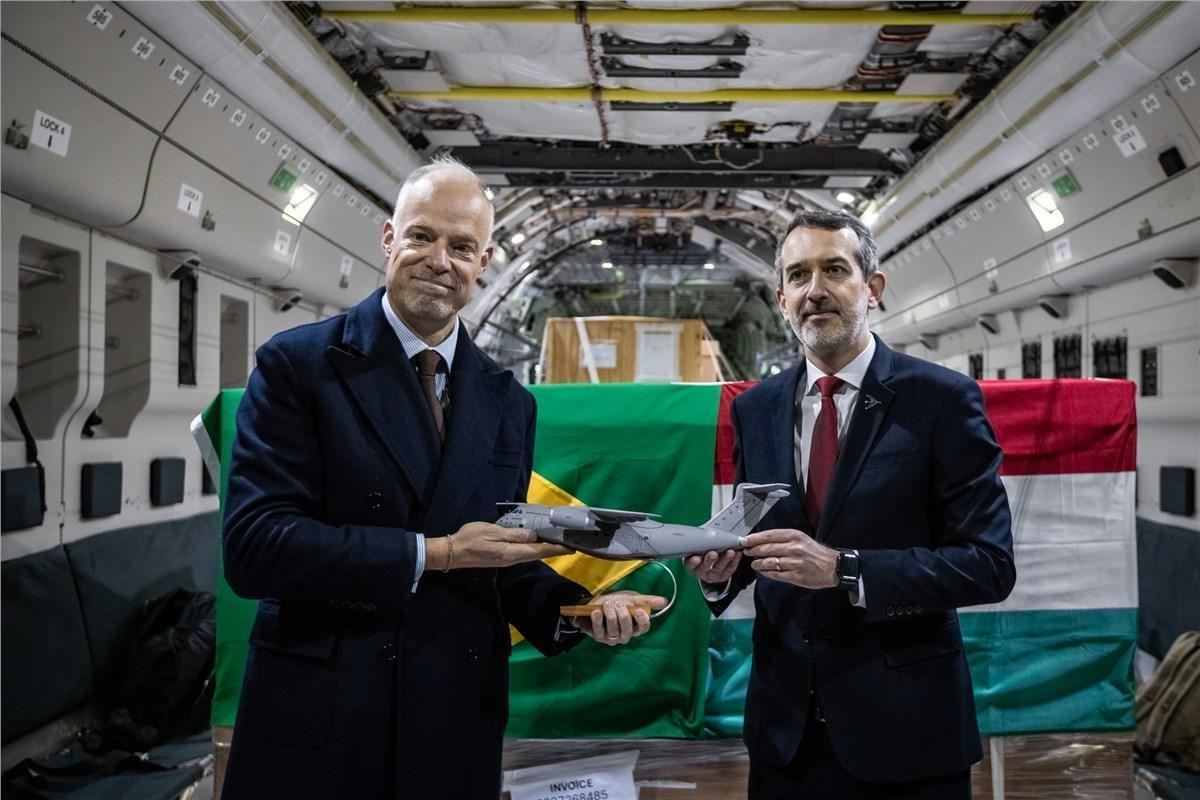
AeroGenie — ваш интеллектуальный второй пилот.
В тренде
Categories
Advances in Aviation Safety Through Aerospace and Cybersecurity Integration
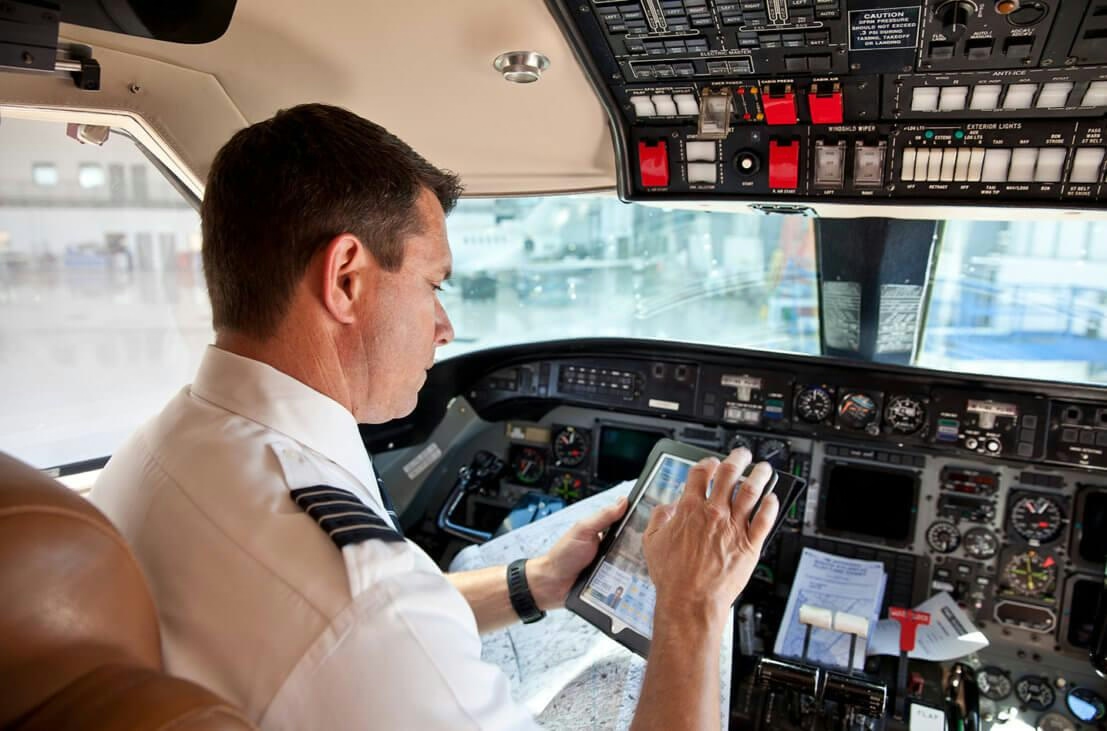
Advances in Aviation Safety Through Aerospace and Cybersecurity Integration
The Runway Safety Revolution
The Federal Aviation Administration (FAA) has historically been a driving force behind innovations in aviation safety. Its latest initiatives, however, indicate a significant shift in approach, blending aerospace engineering with advanced cybersecurity measures. Central to this transformation is the planned deployment of Runway Incursion Devices (RIDs) at 74 U.S. airports by 2026. These devices are designed to alert air traffic controllers to occupied runways, serving as a critical "memory aid" that can reduce the risk of runway incursions by up to 70%. The phased rollout of RIDs, already operational at four airports, underscores the technology’s effectiveness and the FAA’s commitment to modernizing air traffic control systems.
This initiative forms a key part of the FAA’s 2023–2025 modernization plan, which is supported by the Airport Improvement Program (AIP). The AIP has allocated $268 million in supplemental grants aimed not only at enhancing safety but also at addressing broader infrastructure challenges such as noise mitigation and zero-emission projects. These investments reflect a forward-looking strategy to safeguard airports against a range of evolving threats, including climate change and cyberattacks. The integration of RIDs with existing navigation and communication systems presents significant opportunities for established aerospace firms like Honeywell, Garmin, and L3Harris Technologies, which are poised to benefit from retrofitting contracts. Additionally, smaller companies specializing in AI-driven safety analytics, such as Aireon and Searidge Technologies, are emerging as important partners within the FAA’s ecosystem.
Cybersecurity: The Unseen Frontier
While physical safety enhancements like RIDs are visible and tangible, the FAA’s cybersecurity efforts represent an equally critical, though less apparent, dimension of aviation safety. Since 2021, the agency has invested $3.8 million in the Cybersecurity Data Sciences project, which leverages artificial intelligence and machine learning to detect anomalies within the National Airspace System (NAS). Collaborations with institutions such as Embry-Riddle Aeronautical University and MIT Lincoln Laboratory have produced algorithms capable of identifying cyber threats in real time, highlighting the potential of AI to fortify aviation’s digital defenses.
Despite these advances, recent decisions to curtail such cybersecurity programs have raised concerns across the industry. The Cyberspace Solarium Commission (CSC) 2.0 report emphasizes the aviation sector’s vulnerability to ransomware attacks and supply chain disruptions. High-profile incidents, including breaches at a Boeing subsidiary in 2023 and an attack on Seattle-Tacoma International Airport, have exposed critical gaps in cybersecurity preparedness. The CSC advocates for a $1.3 billion investment in cybersecurity infrastructure, recommending grants for strategically important airports and the harmonization of regulations between the FAA and the Transportation Security Administration (TSA).
For investors, this evolving landscape presents a dual opportunity. Cybersecurity-as-a-Service providers such as Palo Alto Networks, CrowdStrike, and Darktrace are expanding their aviation-specific threat detection capabilities. Meanwhile, aerospace-cyber hybrids like Boeing and Lockheed Martin, which integrate cybersecurity directly into aircraft systems, are well-positioned to secure next-generation contracts that demand robust digital and physical safety solutions.
Strategic Investment Considerations
In light of these developments, investors should focus on infrastructure providers with existing FAA contracts related to runway safety technology and zero-emission airport infrastructure. Companies like Honeywell and Garmin remain key players in this space, while firms such as A Better Tomorrow are leading efforts in airport electric vehicle charging solutions. On the cybersecurity front, attention should be directed toward AI-driven threat detection platforms like Darktrace and Wiz, as well as aerospace-specific cybersecurity firms including Searidge Technologies.
Regulatory developments will also play a crucial role in shaping the investment landscape. Should the FAA reinstate or expand its AI cybersecurity programs following 2024, companies positioned at the intersection of aerospace and cybersecurity stand to benefit significantly from renewed government support and contract opportunities.
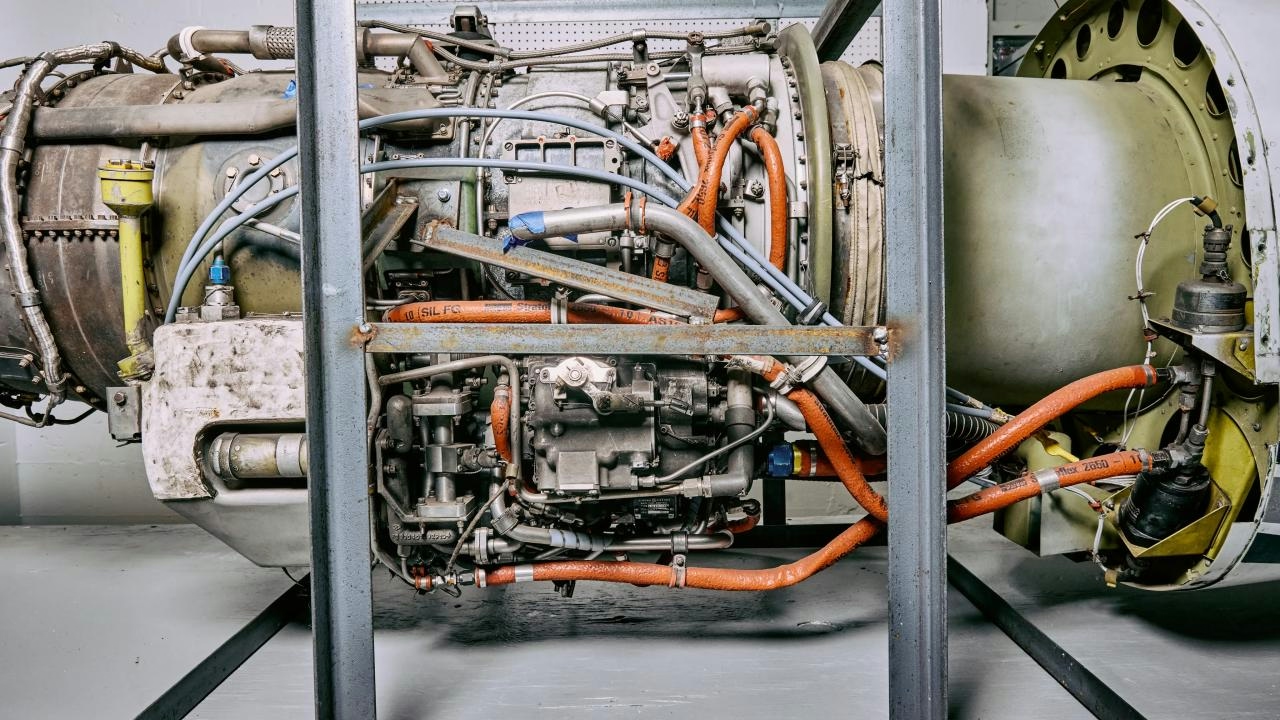
Aviation Maintenance, Repair, and Overhaul Sector Set for Growth
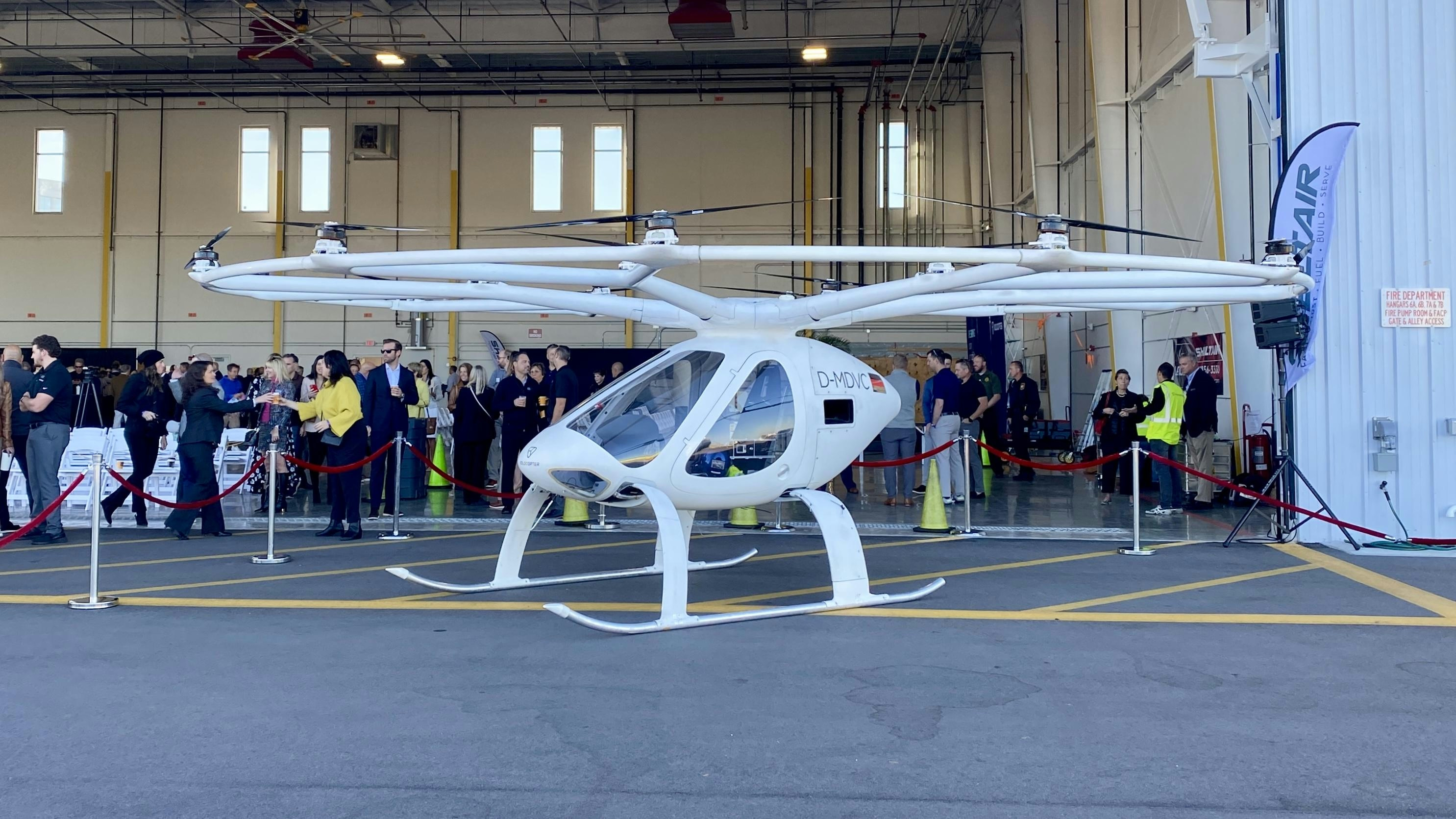
Central Florida Emerging as Leading Location for Future Air Taxis

Dassault Aviation and Thales Partner on AI for Future Air Combat
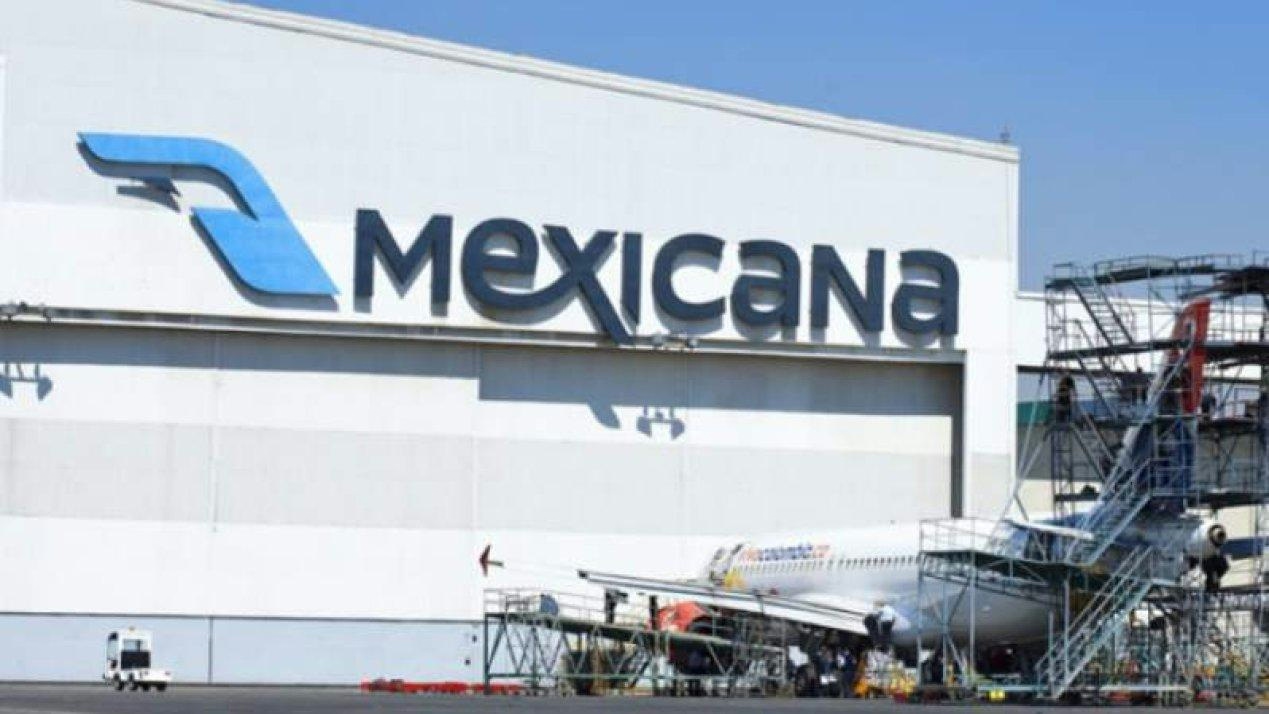
Mexicana MRO Deal Stalls Pending Banorte Extension Approval
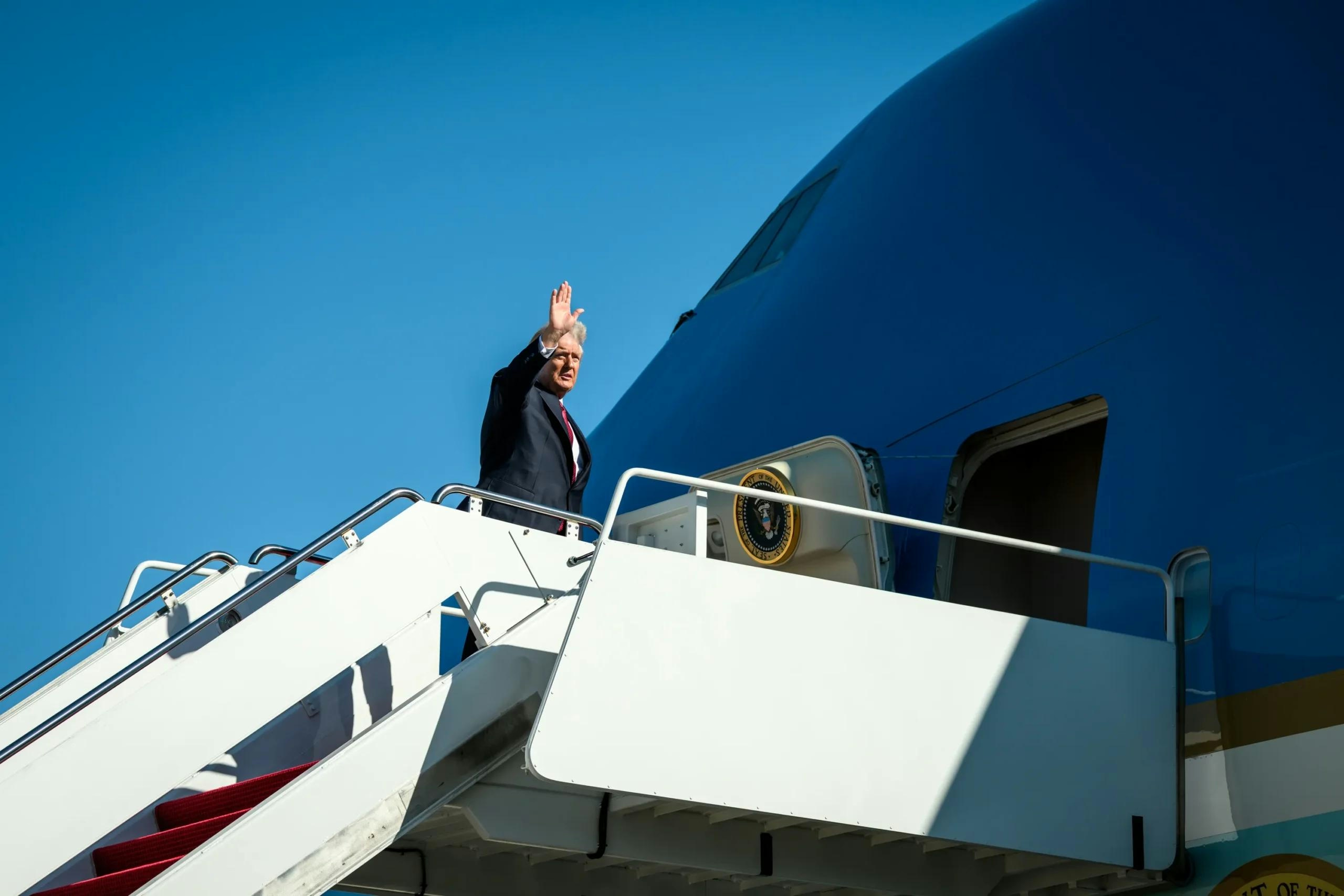
Trump's Policy on DEI Raises Concerns Over Aircraft Mechanic Training
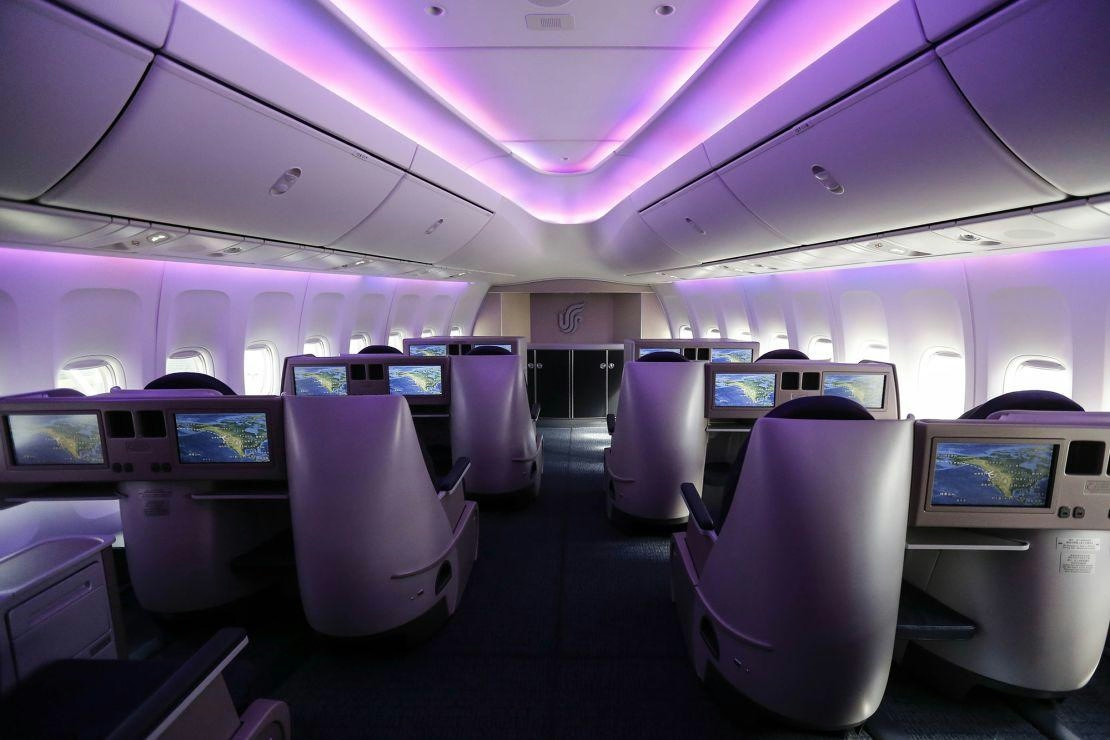
Why Boeing’s 747 Lacks a Full Second Deck Unlike the Airbus A380

Deutsche Aircraft Appoints Ernst-Georg Schröder Manager of Final Assembly Line for D328eco
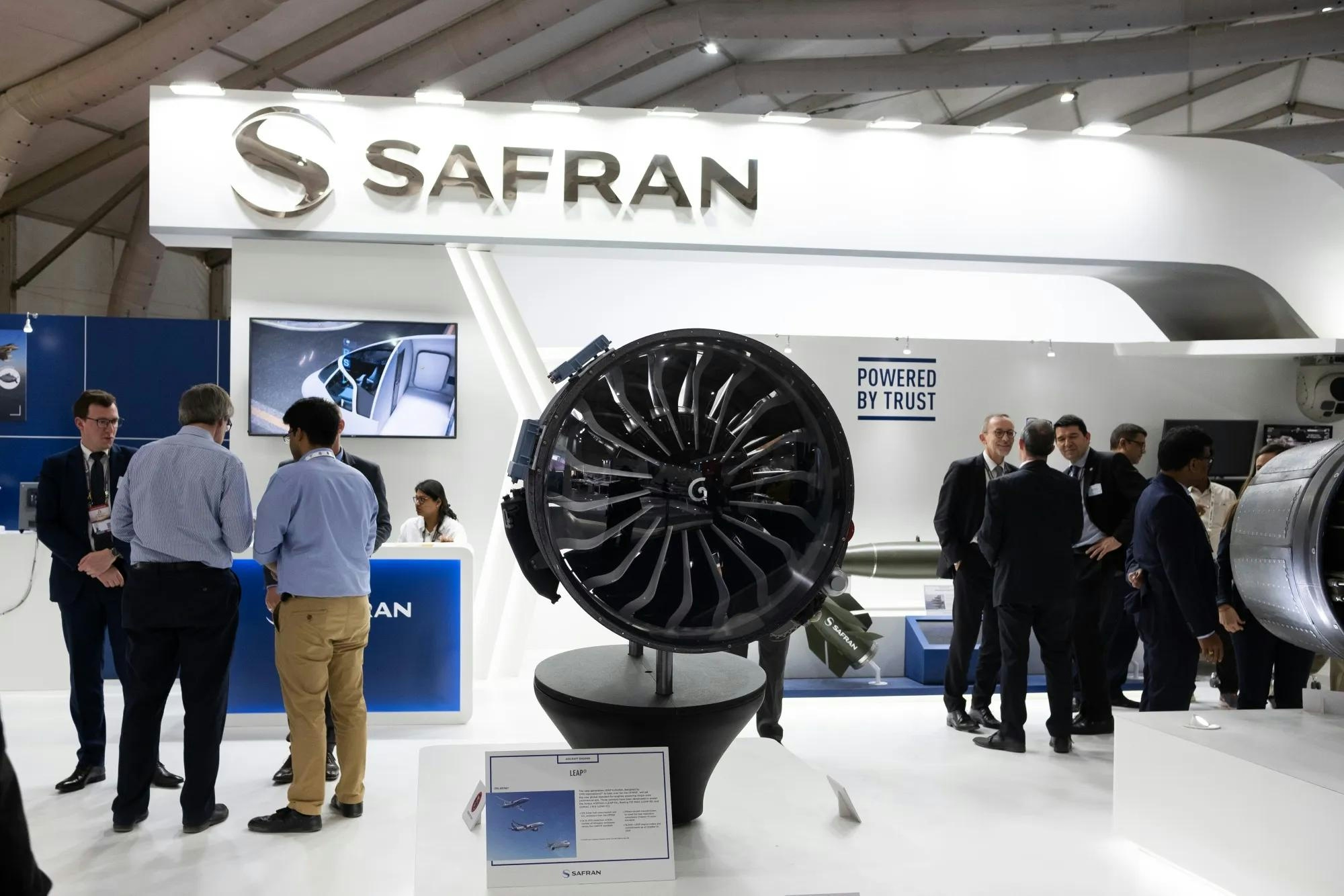
PM to Inaugurate Safran Aircraft Engine Services Facility in India on November 26
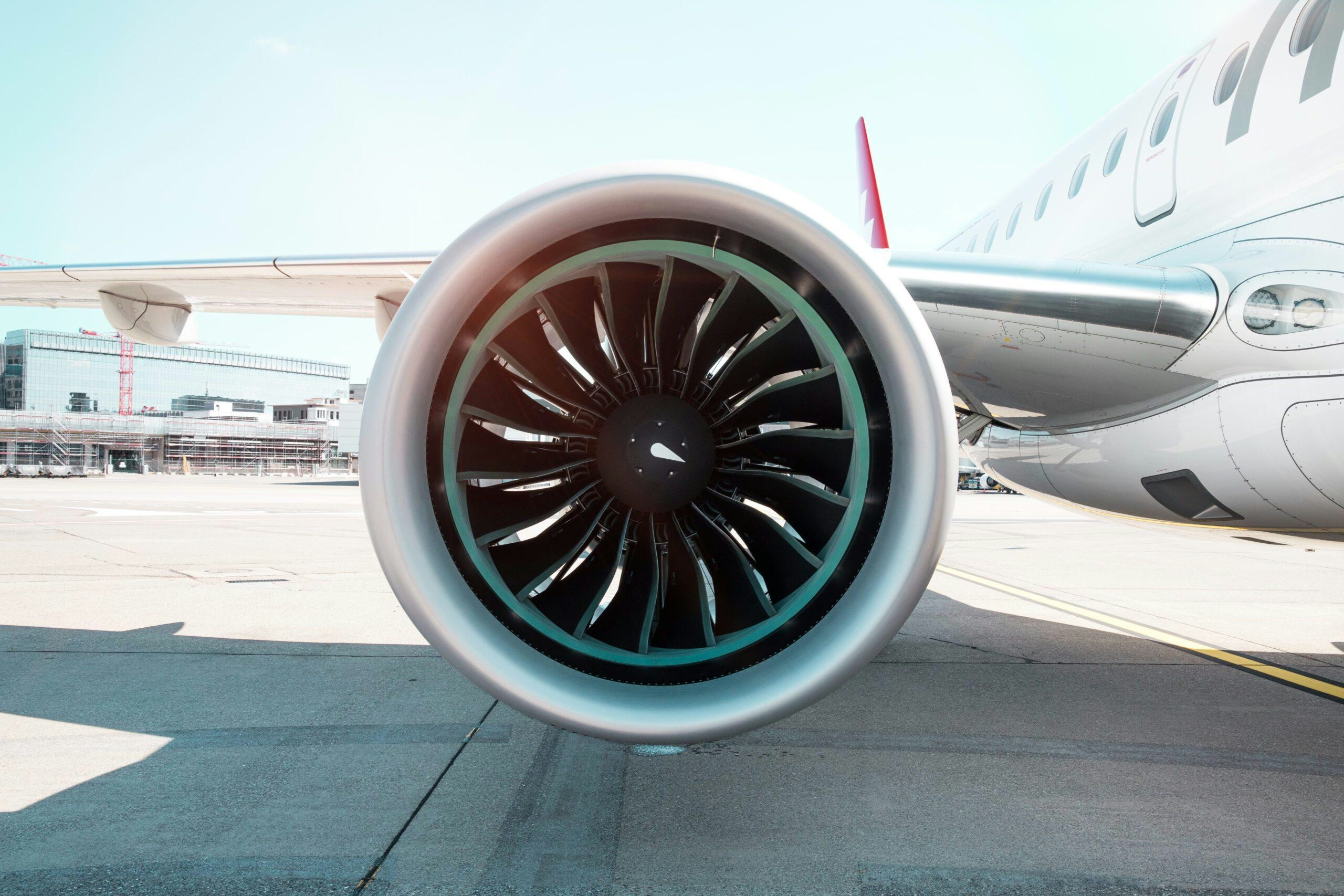
Leading Companies in Aviation Artificial Intelligence: Airbus, Amazon, Lockheed Martin, Tata Power, Thales
